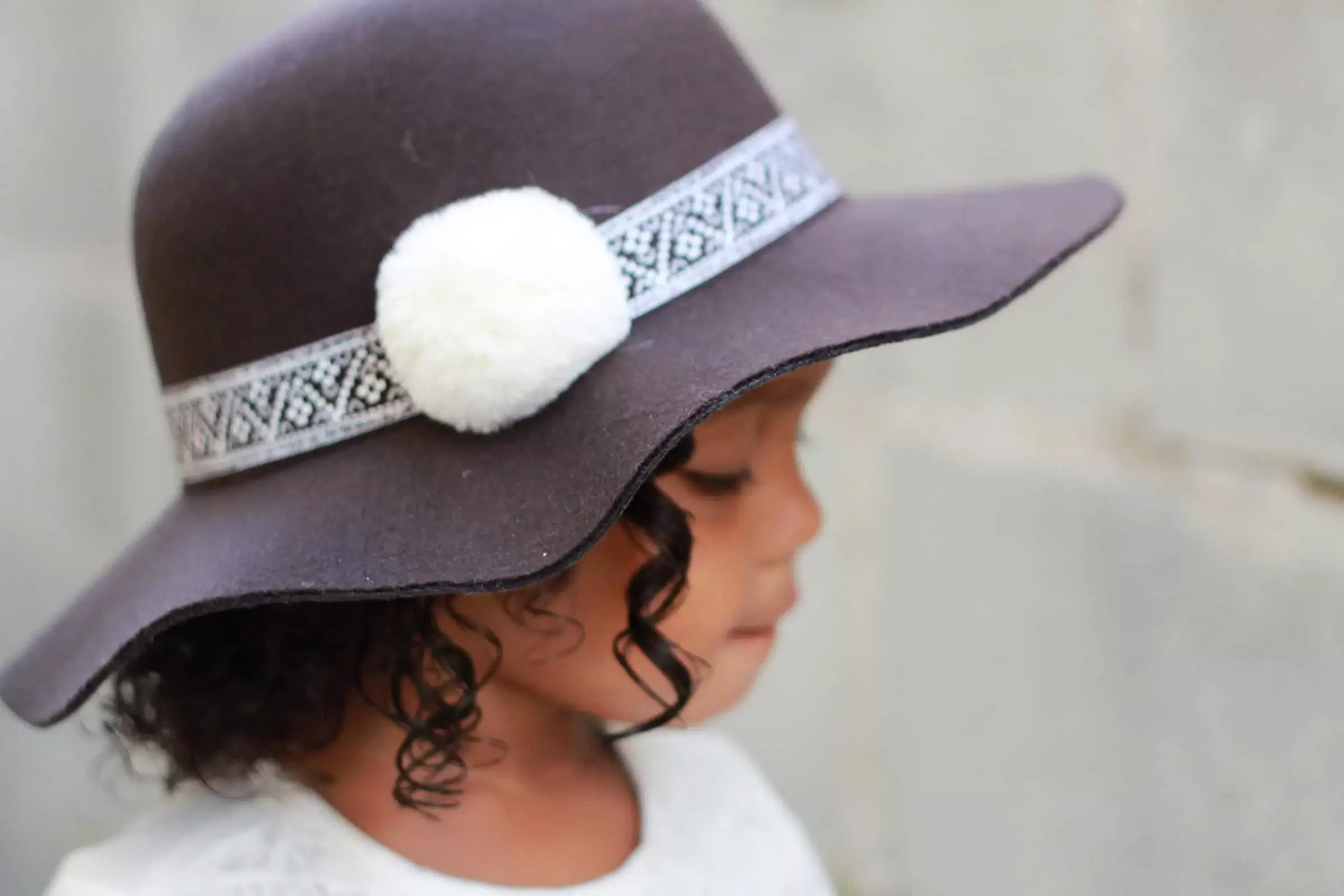Childhood fears often feel overwhelming, both for children and their caregivers. Ranging from monsters lurking under beds to anxiety about natural disasters, these fears can emerge unpredictably or be triggered by daily experiences. As young minds absorb the world around them, they become acutely aware of dangers, fueling a heightened sense of alarm. These worries often reflect deep psychological truths—fears can be a vital part of childhood development, signifying a growing recognition of oneself as an independent entity. The emotional brain ignites when children navigate separation from caregivers, resulting in genuine feelings of fear that may seem disproportionate but are crucial for their developmental journey.
As children mature, their capacity to process fears evolves. Notably, they channel their anxieties through various lenses, hinting at their growth. Parents and caregivers are pivotal in helping children confront these fears. The ability to discern which fears have roots in imagination versus reality is essential; for instance, a child might express fear of darkness while simultaneously grappling with existential themes of separation and independence.
Developmental Milestones and Associated Fears
Fears manifest differently depending on a child’s developmental stage. For infants under six months, loud noises can be alarming, signaling a startling awareness of their environment. The cognitive realization that objects have permanence typically develops around the seven to twelve-month mark. At this stage, children experience separation anxiety, signaling a significant leap in emotional development. They cry not just out of physical need but also psychological distress, marking their burgeoning understanding of social relationships.
As children approach the toddler years, fears expand to encompass new realms such as animals or large objects, often driven by their relative smallness and vulnerability. They may feel insecurity regarding dark spaces and sudden changes in routine, showcasing their desire for order and predictability in a rapidly evolving world.
The Power of Imagination
By ages three to four, children’s imaginations flourish. They begin to anticipate danger more vividly, often manifesting phobias when exposed to new stimuli—think monsters in dreams or fears of unfamiliar places. The correlation between increased independence and fear is fascinating; as children assert their autonomy, they simultaneously confront new and unfamiliar situations that can elicit anxiety. This paradox highlights the delicate balance of growth—one cannot gain independence without embracing the associated fears of autonomy.
Finally, as children move into the pre-teen and teenage years, their fears shift again to encompass social anxieties and issues related to self-image. Children may grapple with school performance pressure, personal relationships, and the looming specter of adulthood. It is during these developmental phases that the emotional landscape becomes increasingly complex, and the need for strong support systems becomes paramount.
The Essential Role of Adults
For children navigating their fears, the significance of adult support cannot be overstated. Engaging in active listening and fully acknowledging a child’s fears fosters a sense of safety. Adults can provide comfort by not trivializing fears but rather validating them, helping young minds articulate their emotions effectively. This foundational connection is critical; children need to feel understood and safe before they can explore confronting and overcoming their fears.
As children approach their teenage years, the conversation shifts slightly. They often require guidance in channeling their emotional turbulence into healthy expressions rather than succumbing to societal pressures. Helping them articulate their fears allows for transformation; they can transition from merely enduring anxiety to embracing their capacity for resilience. The incorporation of storytelling, role play, and even traditional games that involve risk can act as therapeutic tools, allowing children to grapple with their fears in a safe, controlled manner.
Courage and Emotional Growth
Teaching courage begins early. Children may initially lack the emotional maturity to grapple with their fears fully, largely due to their developing cognitive frameworks. Children express intense emotions singularly; fear can overwhelm their psyche. However, fostering relationships with trusted adults during these formative years can guide them toward facing their anxieties. Adults can help manage the fear without allowing it to dominate the child’s will.
Encouraging children to express their fears can lay the groundwork for resilience. It’s crucial to offer space to grieve, whether through tears or discussions about their fears. The act of sharing fears can be cathartic, providing a release and paving the way for emotional fortitude.
Childhood fears are deeply entwined with a child’s journey toward self-discovery. As young children evolve, their relationships with their fears and the adults who guide them are instrumental in shaping the robust individuals they will become. Fostering open dialogue around fears not only helps alleviate them but also promotes essential skills for life’s uncertainties. In an era where emotional literacy is gaining recognition, understanding childhood fears is fundamental in fostering resilient, confident adults.

